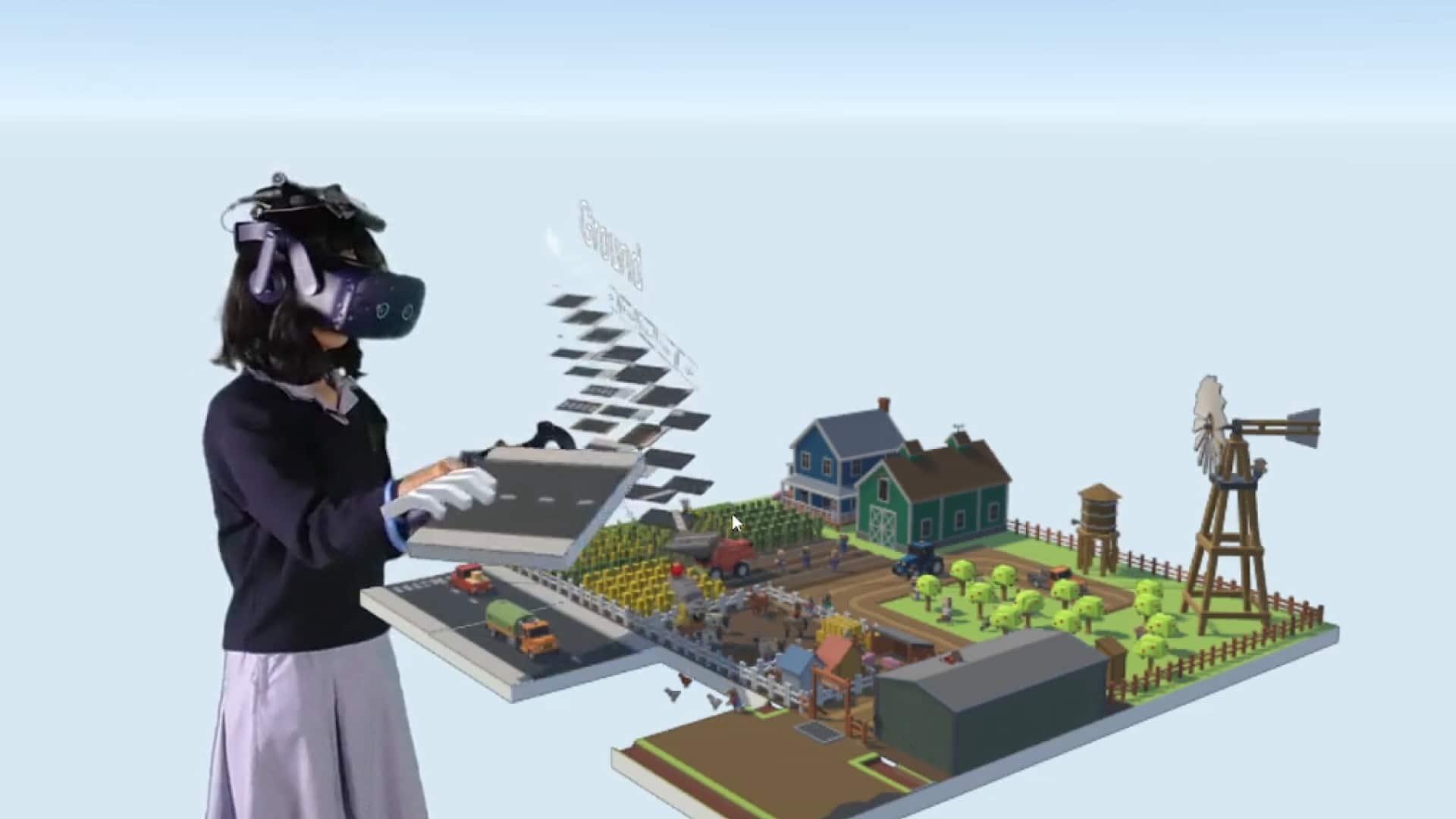breaking Barriers: How to Overcome Challenges in Integrating VR/AR into School Curricula
Virtual Reality (VR) and augmented Reality (AR) are revolutionizing the world of education, transforming traditional classroom experiences into immersive, interactive journeys. Despite the clear advantages of integrating VR/AR into school curricula, educators and school administrators face notable challenges in adoption. From budget constraints to technical know-how, breaking these barriers is essential for educators invested in fostering the skills required for the 21st-century learner.
In this thorough guide, we dive deep into the core obstacles of VR/AR integration in schools and offer actionable strategies and inspiring case studies to help educators navigate this rapidly evolving educational technology landscape.
Why Integrate VR/AR into School Curricula?
Understanding the reasons behind VR/AR integration is the first step toward overcoming challenges. Here’s why schools across the globe are embracing these technologies:
- Enhanced Engagement: Interactive simulations capture students’ attention and foster deeper learning.
- Experiential Learning: Hands-on experiences enable students to visualize complex concepts, from the solar system to molecular structures.
- Personalized Education: Adaptive VR/AR platforms cater to different learning styles and abilities.
- Collaboration and Creativity: VR/AR tools offer new ways for students to collaborate and express themselves.
- Real-World Skill Growth: Students develop digital literacy and critical thinking essential for future careers.
The Biggest Challenges of Integrating VR/AR in Education
Despite clear benefits, integrating VR/AR technologies into the classroom curriculum presents several key challenges for schools and educators:
1. High Implementation Costs
- Hardware Expense: VR headsets, AR devices, and compatible computers represent significant initial investments.
- Software Licensing: High-quality educational content and applications frequently enough require paid subscriptions or licenses.
- Maintenance: Regular updates and hardware maintenance add to ongoing costs.
2. Lack of Teacher Training and Support
- Technical Skills: Teachers may lack the knowledge or confidence needed to effectively use VR/AR tools.
- Professional Development: Limited access to specialized training sessions or support networks can stall integration efforts.
3. Curriculum Integration and Relevance
- Aligning with Learning Goals: Finding VR/AR resources that align with national or state education standards can be difficult.
- Assessment: Measuring student progress in VR/AR-driven lessons is a unique challenge.
4. Infrastructure and Technological Limitations
- Network Bandwidth: Seamless VR/AR experiences require robust internet and wireless connectivity.
- Device Compatibility: Some VR/AR applications may not work across all devices used within the school.
Proven Strategies for Overcoming VR/AR Integration Barriers
Breaking through these obstacles requires a proactive and strategic approach. here’s how successful schools are making VR/AR integration a reality:
1. Start Small and Scale up
- Pilot Programs: Launch small, test-driven projects to demonstrate value and identify challenges before district-wide rollouts.
- Shared Resources: Pool resources within departments or among nearby schools to access VR/AR devices.
2. Pursue Funding Opportunities
- Grants & Donations: Apply for technology integration grants from governments, nonprofits, and private sector sponsors such as the EdTech Fund or VR for Good.
- Crowdfunding: Engage parents and communities through online crowdfunding campaigns for specific VR/AR projects.
3. Invest in Ongoing Teacher Training
- Workshops & Online Courses: Provide access to professional development opportunities focused on VR/AR in education.
- Peer Mentoring: Encourage early adopters to become mentors and share best practices.
4. Select Flexible, Curriculum-Aligned Content
- Open Educational Resources (OER): use free or inexpensive VR/AR modules already designed with curriculum alignment in mind.
- Custom Content: collaborate with developers to create custom experiences tailored to your school’s needs.
5. Upgrade Infrastructure Strategically
- Phased Upgrades: Begin by improving Wi-Fi in select classrooms or labs and gradually expand school-wide.
- cloud-Based VR/AR: Leverage cloud platforms to reduce the need for high-powered local hardware.
Case Studies: VR/AR Integration Success Stories
Case Study 1: Virtual Field Trips in California Middle Schools
A group of california public middle schools piloted a VR-based field trip program using affordable VR headsets and smartphones. Students visited ancient Egypt, explored the Great Barrier Reef, and toured NASA’s Mars rover—all without leaving the classroom. post-program assessments indicated a 27% increase in content retention and higher student enthusiasm for social studies and science subjects.
Case Study 2: STEAM Learning with AR in UK Primary Schools
Primary schools in the UK integrated AR applications into their STEAM (Science, Technology, Engineering, Arts, and Math) lessons. By using tablets, students visualized 3D renderings of the solar system, conducted virtual science experiments, and coded AR apps. Teacher feedback highlighted improved engagement and confidence in complex subjects,while students enjoyed the interactive,hands-on approach.
Practical Tips for Successful VR/AR Integration in the Classroom
- Start with Free Trials: Many edtech companies offer free demos or trial periods—use these to assess effectiveness before committing.
- Collaborate and Share: Join education-focused VR/AR communities (like EdSurge or ISTE) to exchange ideas and lesson plans.
- Create a Support System: Designate a tech specialist or “VR/AR ambassador” in every department for on-ground troubleshooting.
- Monitor and Adjust: Use student feedback and learning outcome data to refine your approach and content choices.
- Make It Inclusive: Ensure VR/AR content is accessible to students with different abilities and learning needs.
Looking Ahead: The Future of VR/AR in School Curricula
as hardware becomes more affordable and content libraries expand, VR and AR integration will become increasingly mainstream in school curricula. Emerging trends include artificial intelligence-driven personalized AR experiences, cloud-delivered VR classrooms, and expanded community partnerships with tech companies.
The key to success lies in being proactive—embracing innovation,equipping teachers with the necessary skills,and ensuring that technology enhances,rather than distracts from,core learning goals.

